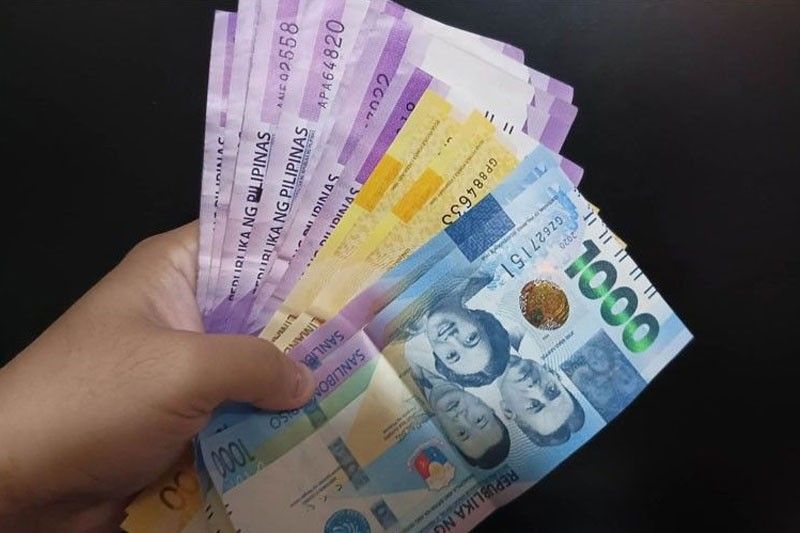Peso seen to weaken further this month

MANILA, Philippines — The weak run of the peso is seen to extend, slumping to 57 to $1 this month on the back of seasonal headwinds as well as the focus on the next move of the US Federal Reserve.
In its latest foreign exchange insight, ANZ Research said the deceleration of the local currency could continue as it has a strong tendency to weaken in June.
Looking at historical trends since 2000, ANZ said the peso has weakened against the US dollar on 18 occasions during June, with an average spot decline of 0.9 percent. The average decline in the years when the seasonal pattern occurred was 1.6 percent.
“The June weakness is statistically significant, though the exact cause is not clear. We could not find any distinct pattern in the trade balance or remittances flows data that can explain the peso’s June swoon,” ANZ said.
On top of the seasonality challenge, it added that the local currency would also have to contend with a firmer dollar, as focus turned back to the US Fed’s next policy meeting on June 14 following an agreement on the debt ceiling.
“Progress on bringing US inflation back toward target is too slow for some Fed officials, and the US economy remains resilient, with the labor market staying very tight. The regional banking stresses have eased, and now that the debt ceiling uncertainty is out of the way, markets are pricing in more than an even chance of another 25-basis-point rate hike at the June FOMC (Federal Open Market Committee) meeting, which will take the Fed funds rate to 5.50 percent,” it said.
ANZ pointed out that expectations of year-end rate cuts by the Fed have also been pared back, and the dollar has been following expectations of Fed policy fairly closely this year.
“This sets the peso up for a very challenging month, which could see it slide toward 57 in June,” ANZ added.
After emerging as one of the best performing currencies and appreciating back to the 53 to $1 level in February, the peso has weakened above the 56 to $1 hurdle from the end-2022 level of 55.755 to $1.
This despite the stronger-than-anticipated gross domestic product (GDP) growth of 6.4 percent in the first quarter versus the market expectations of 6.1 percent, as well as the decision of Fitch Ratings to revise the country’s credit rating outlook to stable from negative.
“These have been insufficient to stem the peso’s decline as the country’s large trade deficit remains a drag. In addition, the strengthening of the US dollar — initially from uncertainty surrounding the debt ceiling negotiations, and now increased expectations of another Fed rate hike — also added downward pressure on the peso,” ANZ said.
According to ANZ, the peso is not facing the same intense headwinds of last year.
“The Fed’s hiking cycle is close to ending, global commodity prices have subsided, Philippine inflation is coming off, and the external deficit is set to improve. We expect the BSP to continue to manage any near-term peso volatility as its foreign exchange reserves remain ample,” it said.
ANZ is maintaining its end 2023 foreign exchange forecast at 54 to $1.
“We do not foresee PHP weakening past 57. The recovery over the second half of the year may be gradual to begin with. But as we have seen between November 2022 and February 2023, once the tide turns, the peso has the potential to rally sharply,” it added.
ANZ sees the peso’s prospects to improve over the second half of the year when the Fed’s tightening cycle would have drawn to a close and the improving trade deficit of the Philippines.
It pointed out that the Philippines booked a wider balance of payment (BOP) surplus of $3.5 billion in the first quarter, driven by robust remittances from overseas Filipino workers, higher foreign direct investment flows, and the government’s $3 billion global bond issuance in January despite a wider trade deficit.
- Latest
- Trending





























